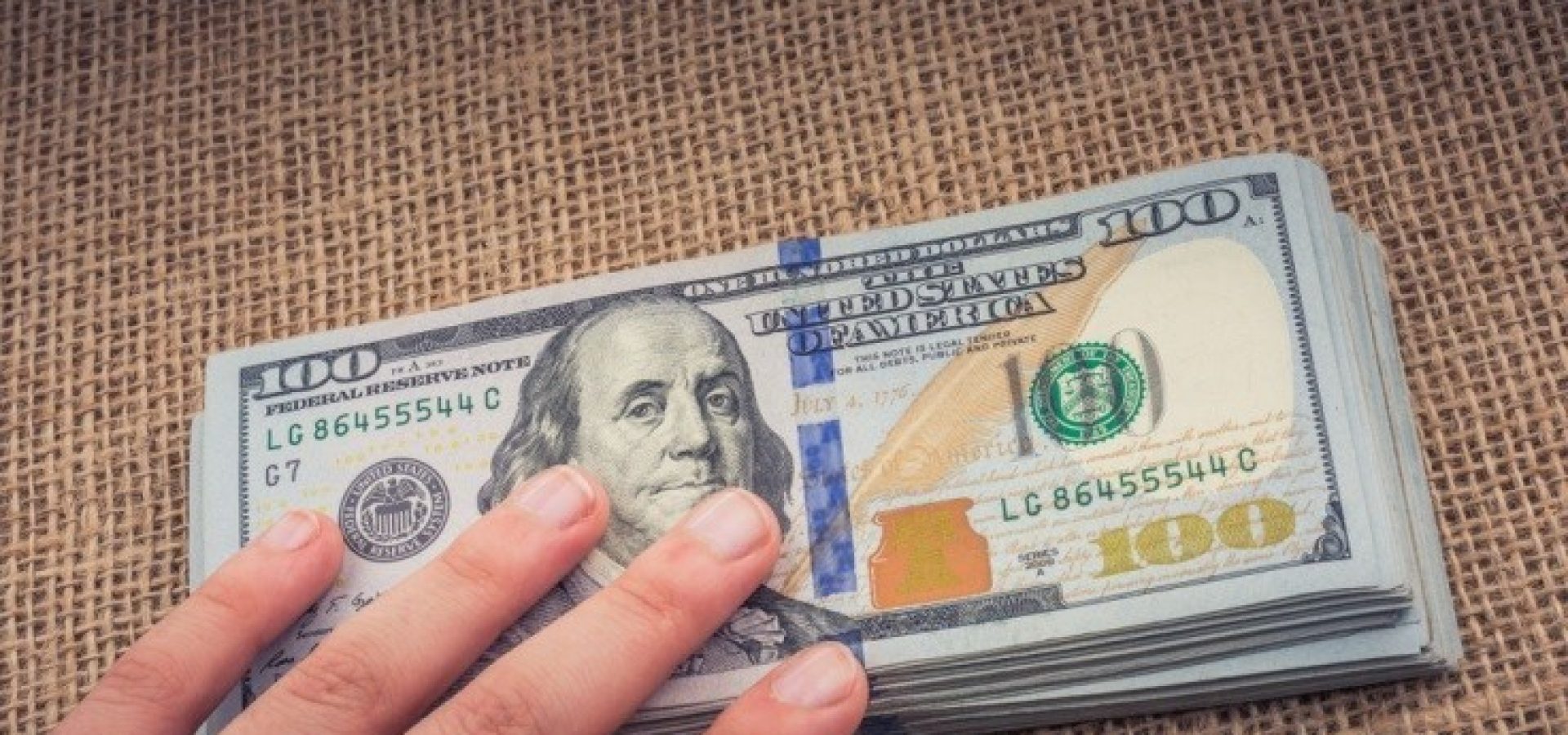The dollar was near a 10-week high on Friday as investors anticipated the US economic growth figures’ impact on its continuing strength that has been going on for months in the forex world.
US President Trump has been outspoken about his displeasure over the dollar’s strength, deviating from a custom in which US presidents try to refrain from openly interfering or meddling with financial markets.
Traders expect the reading of the US gross domestic product to be strong on Friday, and this could see the dollar soar further up.
“Today’s robust US GDP will illustrate to the market the deep division between the US and the eurozone when it comes to growth performance,” said Thu Lan Nguyen, a Commerzbank analyst.
Speculation that US interest rates will be increased more aggressively than expected next year would also cause the dollar to strengthen against the euro, she said.
On the other hand, should the reading fall lower than expected, the investors could be on pins and needles over a faster Federal Reserve modification on its monetary tightening paths due to economic growth momentum.
“This number could give signs if we are close to peak earnings for US corporates. Housing data and consumer goods durables data has been soft lately,” said Bank of Singapore currency strategist Sim Moh Siong.
Analysts expect the US economy to have grown at a 3.3 percent annualized rate during the third quarter, following a 4.2 percent pace during the second quarter. Meanwhile, the Fed is seen to be raising rates by 25 basis points in December.
Amid this, the euro traded a shade higher at $1.1383 on Friday. It reached a two-month low of $1.1353 during the previous session. This can after the European Central Bank President Mario Draghi’s failure to encourage traders that the ECB could go after a monetary tightening after next summer while uncertainties in the economy and politics in the monetary union continue to grow.
While the economic mood over the region has been turbulent with political turmoil about Italy, the policy guidance from the ECB has still been consistent.
According to analysts, the markets remain skeptical about the central bank’s rates since the inflation was still tepid.
In other market news, a bounce in US stocks on Thursday after the previous session’s big selloff failed to spill into the Asian day, which in turn buoyed safe-haven currencies.
The US dollar shed 0.2 percent to be 112.14 versus the Japanese yen, which is considered a safe-haven currency in times of political and economic uncertainties. Meanwhile, the Australian dollar, which is generally viewed as a measure of risk appetite, touched a nearly 33-month trough.
The US dollar index, which gauges the greenback’s strength against a basket of six other major currencies, traded sideways at 96.56 on Friday, after hitting a two-month high on Thursday. The gains in the dollar index were largely caused by the losses in the euro, which has a 57.6 percent weighting in the aforementioned index.
The greenback has been backed by bullish Wall Street sentiment recently, with blue-chip names such as Microsoft delivering strong earnings.
Meanwhile, analysts see persisting risks for markets. Such risks include trade tensions, Italy’s budget woes, geopolitical uncertainties and concerns about US corporate earnings.
“Is there a slowdown coming at the moment? That’s the question, and the combination of all these factors is dragging down sentiment,” said Miraji Othman, who is a credit strategist at BayernLB.
-
-
- Interested in trading the US dollar? Read WiBestBroker’s comprehensive review on LBLV.
-









COMMENTS